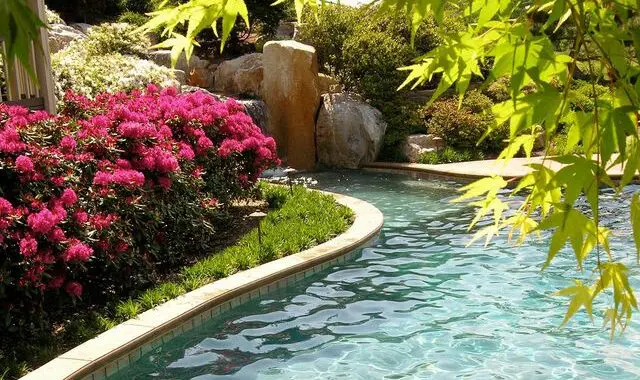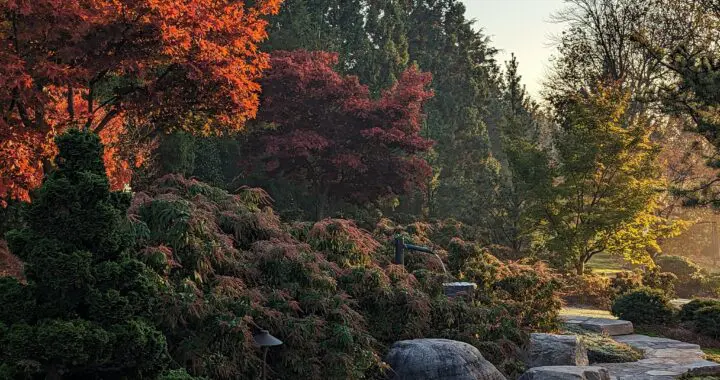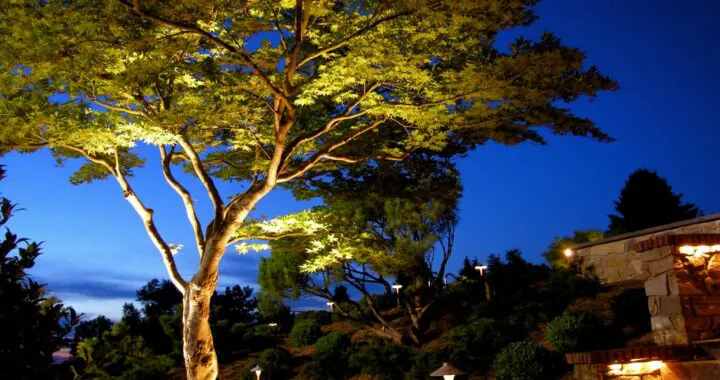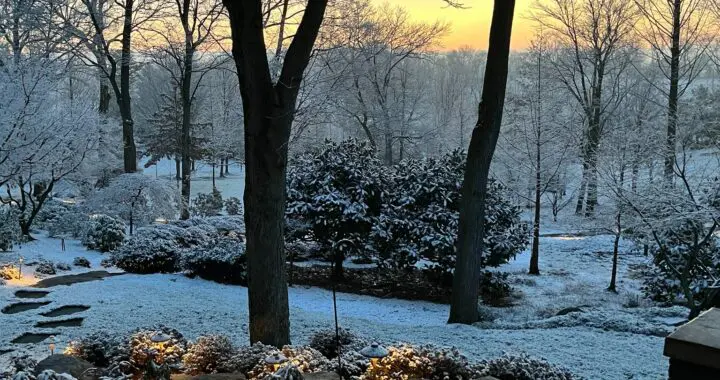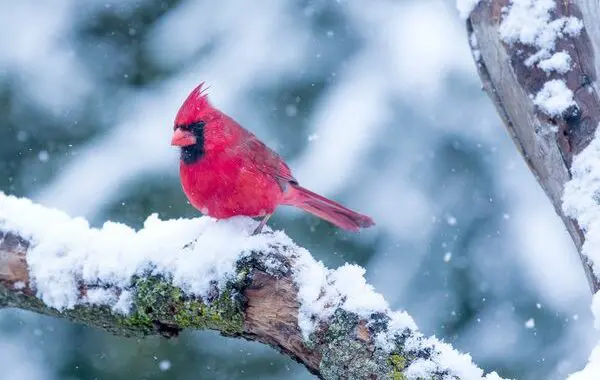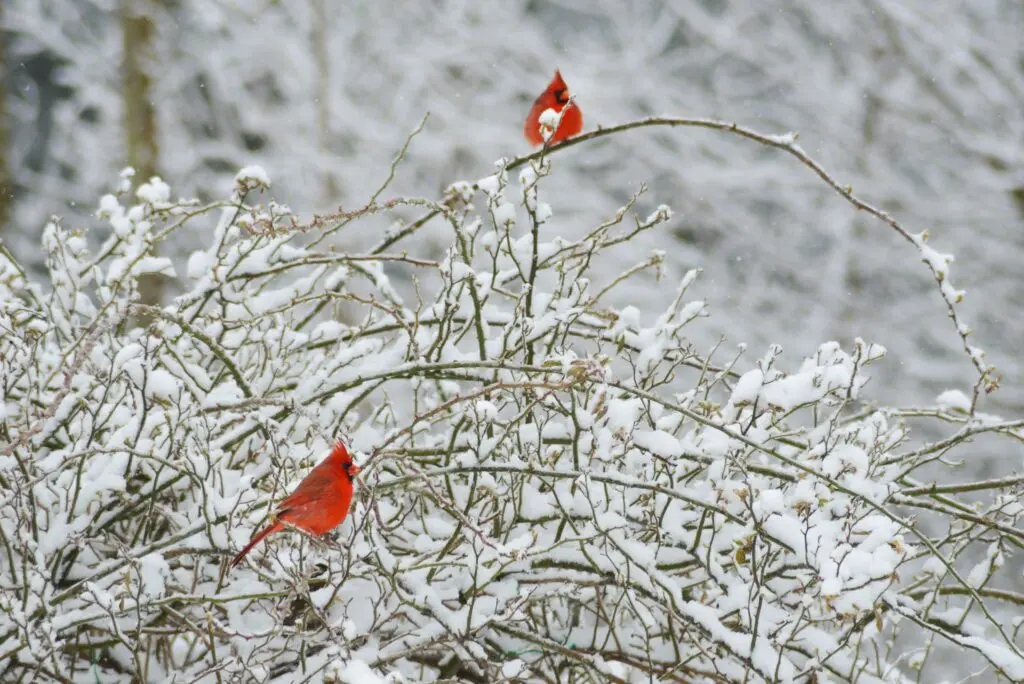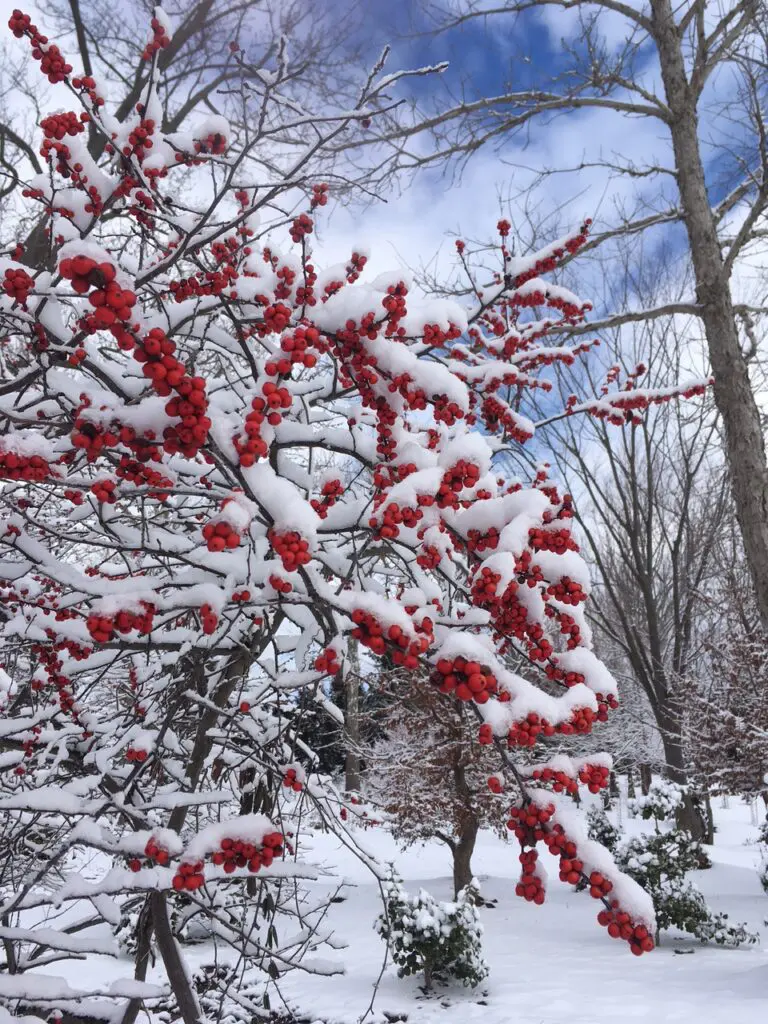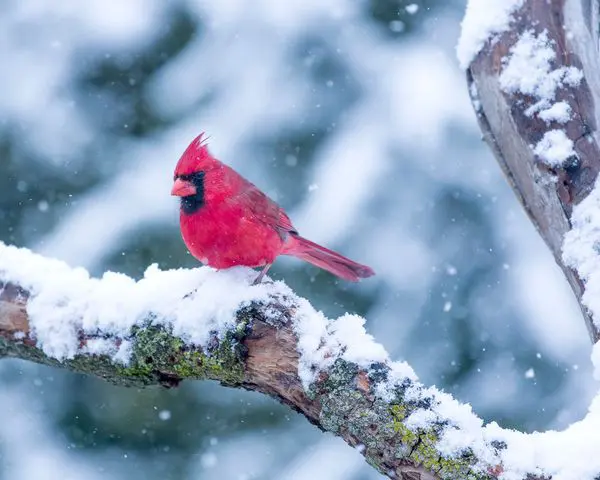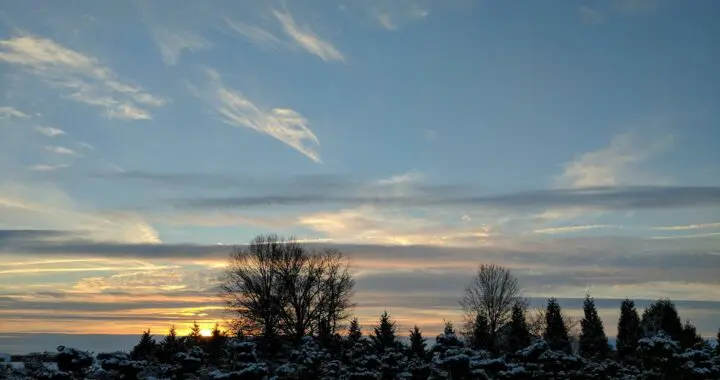Plan well!
The first step in restoring paradise to your property is to thoughtfully and carefully plan the garden you’re envisioning. This process is much easier with the help of an experienced garden-design professional.
A great deal of preparation goes into each of Hanselman Landscape’s projects to ensure that the clients’ needs and aspirations are fulfilled. “We encourage our clients to supply photos of treasured places and memories they hope to re-create,” James Hanselman states. For example, one couple asked Hanselman to reproduce a waterfall similar to one they had hiked to in Central America (see below for the realization of their dreams).
In addition to discussing budget, scope, and site, Hanselman prioritizes suitability, elegance, and sustainability before presenting the proposed designs.
Contributed by Betty Hanselman
Gardener’s wife
